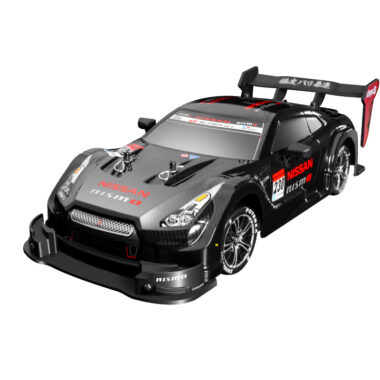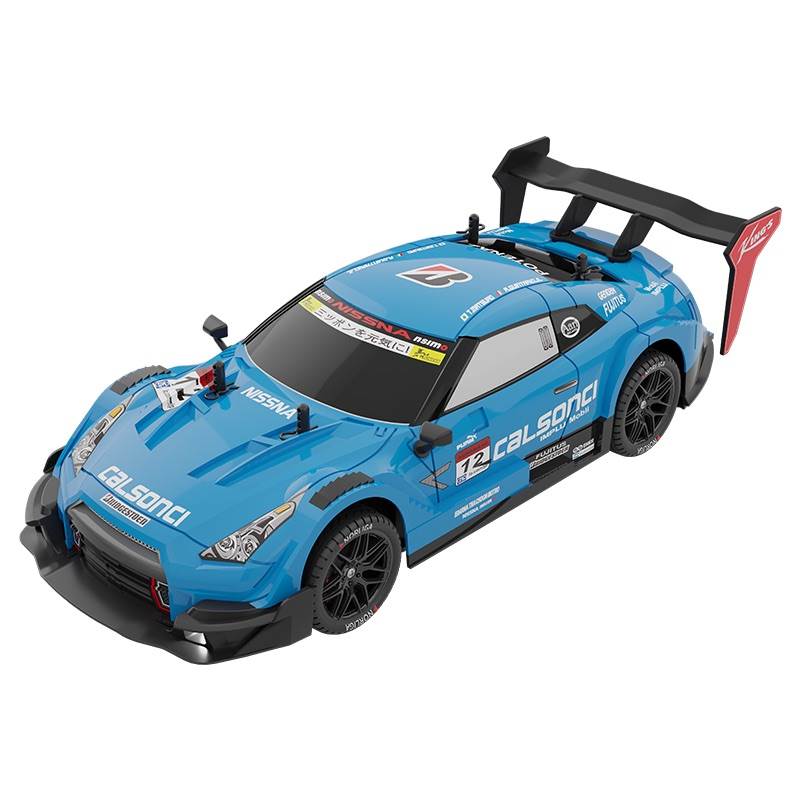OEM vs. ODM: What Importers Should Know About RC Car Factories
For businesses in the RC car industry, choosing the right production model is crucial. Importers often face a key decision: whether to work with a factory under OEM (Original Equipment Manufacturer) or ODM (Original Design Manufacturer) terms. Both approaches offer unique advantages, but the right choice depends on your business goals, customization needs, and branding strategy.
This article explains the differences between OEM and ODM in the context of RC car factories, and highlights what importers should consider before making bulk purchasing decisions.
⚙️ Understanding OEM and ODM in RC Car Production
✔️ OEM (Original Equipment Manufacturer)
In OEM arrangements, the importer provides designs, specifications, or concepts, and the factory produces RC cars accordingly.
-
Ideal for: Importers with established brands and product designs.
-
Advantages: Full control over product design, exclusive branding, and intellectual property ownership.
-
Challenges: Higher upfront investment and longer development timelines.
✔️ ODM (Original Design Manufacturer)
In ODM models, the factory provides ready-made designs and product concepts, which importers can rebrand and sell.
-
Ideal for: Businesses seeking faster market entry with lower investment.
-
Advantages: Ready-to-market products, lower R&D costs, and faster bulk production.
-
Challenges: Limited exclusivity, as other companies may use similar designs.
🏭 The Role of RC Car Factories
Professional RC Car Manufacturers are not just production units—they are strategic partners. They provide:
-
✔️ Advanced manufacturing technology for precision and durability
-
✔️ Quality control processes to ensure consistent performance
-
✔️ Compliance with CE, ASTM, and ISO standards for global markets
-
✔️ Scalable production capacity for large wholesale orders
When choosing between OEM and ODM, evaluating a factory’s capabilities is critical for success.
🔑 Key Factors Importers Should Consider
-
Brand Positioning – If your brand focuses on uniqueness, OEM is the better option. For fast-moving retail, ODM works well.
-
Budget & Investment – OEM requires more upfront resources, while ODM reduces initial costs.
-
Time-to-Market – ODM offers faster entry into competitive markets. OEM suits businesses with long-term brand strategies.
-
Customization Needs – For complete control over design, OEM is unmatched. ODM provides limited but practical customization.
-
Supply Chain Reliability – Partnering with a Custom RC Car Factory ensures flexibility in either model.
🌍 Global Market Implications
In international trade, both OEM and ODM models are widely used. For example:
-
North American importers often prefer OEM to protect branding.
-
European wholesalers balance OEM and ODM to maintain both exclusivity and speed.
-
Emerging markets lean toward ODM for cost efficiency and rapid growth.
Understanding these dynamics helps importers choose strategies that align with regional consumer expectations.
📦 Best Practices for Importers
-
Evaluate Factory Expertise – Review case studies, product lines, and past projects.
-
Request Prototypes – Whether OEM or ODM, test samples before mass production.
-
Negotiate Clear Contracts – Define intellectual property rights, MOQs, and delivery schedules.
-
Align Long-Term Strategy – Choose OEM for brand building, ODM for rapid scaling.
-
Plan Supply Chain Flexibility – Consider working with suppliers offering both models.
✅ Final Thoughts
For importers, understanding the difference between OEM and ODM RC car factories is essential. OEM offers full control and exclusivity but requires higher investment, while ODM provides faster, more affordable access to the market.
By partnering with experienced RC car manufacturers, businesses can confidently select the right production model, optimize their supply chains, and achieve sustainable growth in the global RC car market.


















